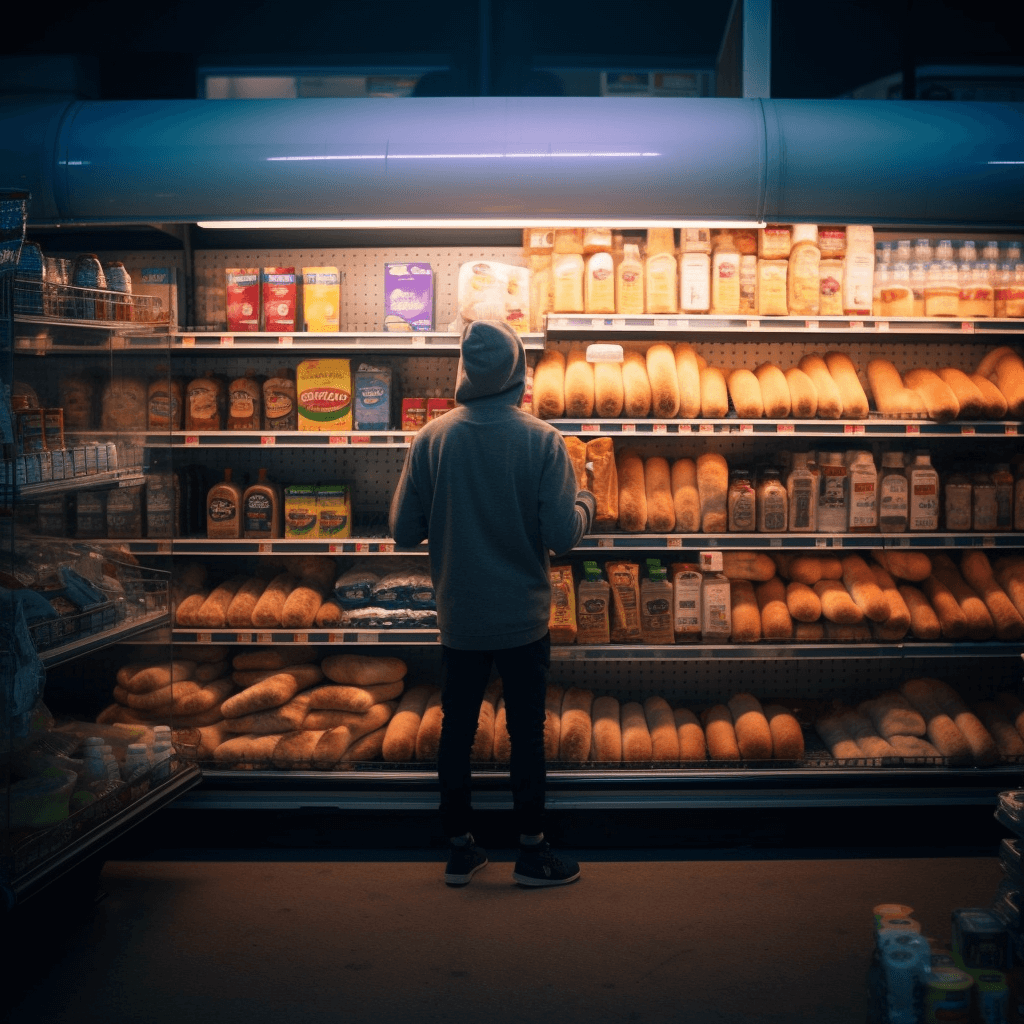As we navigate through 2024, the dialogue surrounding inflation has evolved significantly within social and political realms. Despite the ongoing discourse, a recent study on consumer behavior indicates that inflation has transformed into a mere buzzword for many. Accustomed to the economic fluctuations since 2020, consumers are now showing a willingness to loosen their purse strings, particularly for travel and experiences previously out of reach.
This shift in consumer priorities presents a golden opportunity for brands. Our research delves into various aspects of consumer behavior, offering actionable insights that could redefine brand strategies in 2024. Here’s a closer look at the evolving landscape:
Splurging vs. Saving: A New Narrative
Contrary to last year’s findings, where rising living costs curbed consumer spending, 2024 paints a different picture. Notably, electronics & technology and health & wellness are leading the charge, with over half of the respondents inclined to splurge in these categories. This marks a significant departure from previous years, signaling a renewed consumer confidence in indulging in personal and technological enhancements.
Moreover, the appetite for dining out has seen a resurgence, alongside a notable uptick in spending on beauty and personal care. Travel and experiences, previously ranked fifth, have climbed to third place, underscoring a 7% increase in consumers ready to invest in making memories.
In-Store vs. Online: Bridging the Divide
As brands grapple with the challenge of keeping physical stores relevant, the study offers a glimmer of hope. A considerable segment of consumers still finds joy in the in-store shopping experience, driven by exclusive deals, product offerings, and the sheer enjoyment of shopping as a leisure or social activity. This preference is even more pronounced among younger consumers, who exhibit an almost equal propensity for online and in-store browsing.
To captivate this demographic, brands are encouraged to leverage aesthetics and personalized services, transforming their stores into destinations rather than mere retail spaces. The study suggests that department stores, with their diverse brand offerings, remain a preferred choice, indicating a strategic advantage in curating multi-brand experiences.
Engaging the Youngest Shoppers
The findings highlight a significant opportunity to influence the shopping habits of consumers aged 16-24. This demographic, still in the process of shaping their shopping identities, shows a balanced inclination towards both online and in-store experiences. Brands that successfully appeal to this age group through aesthetics, exclusive in-store experiences, and the right blend of online engagement stand to gain a loyal customer base.
Conclusion: Shaping the Future of Retail
As brands look to the future, understanding and adapting to these shifting consumer behaviors will be crucial. The resurgence in spending, despite persistent inflation talks, indicates a complex consumer landscape where experiences, personal enrichment, and unique in-store experiences hold significant value.
For brands, the path forward involves not just adapting to these changes but actively participating in shaping consumer preferences. Through targeted strategies that blend online engagement with enriching in-store experiences, brands can create a compelling narrative that resonates with today’s diverse shopper.
More Information https://www.5wpr.com/



